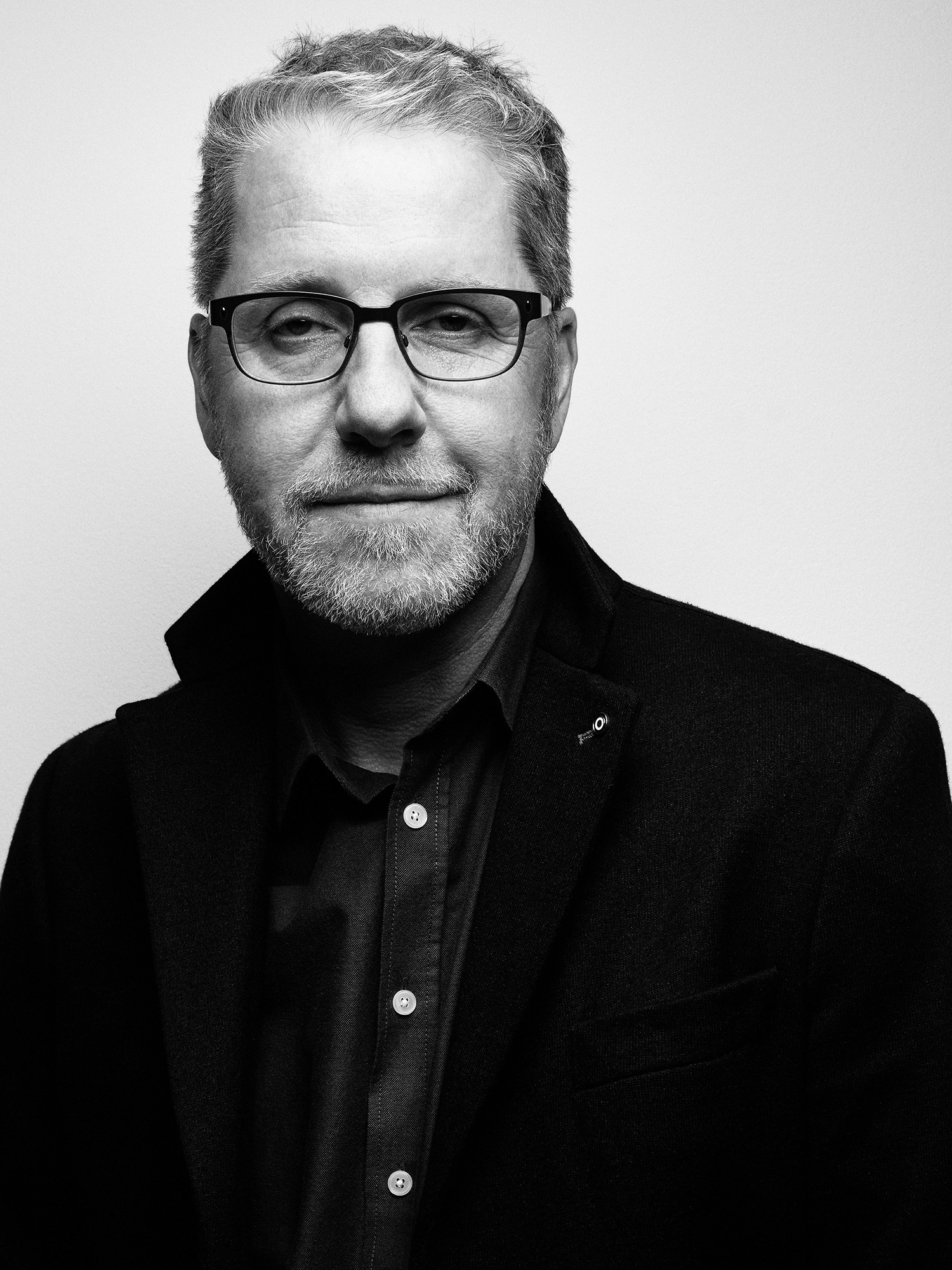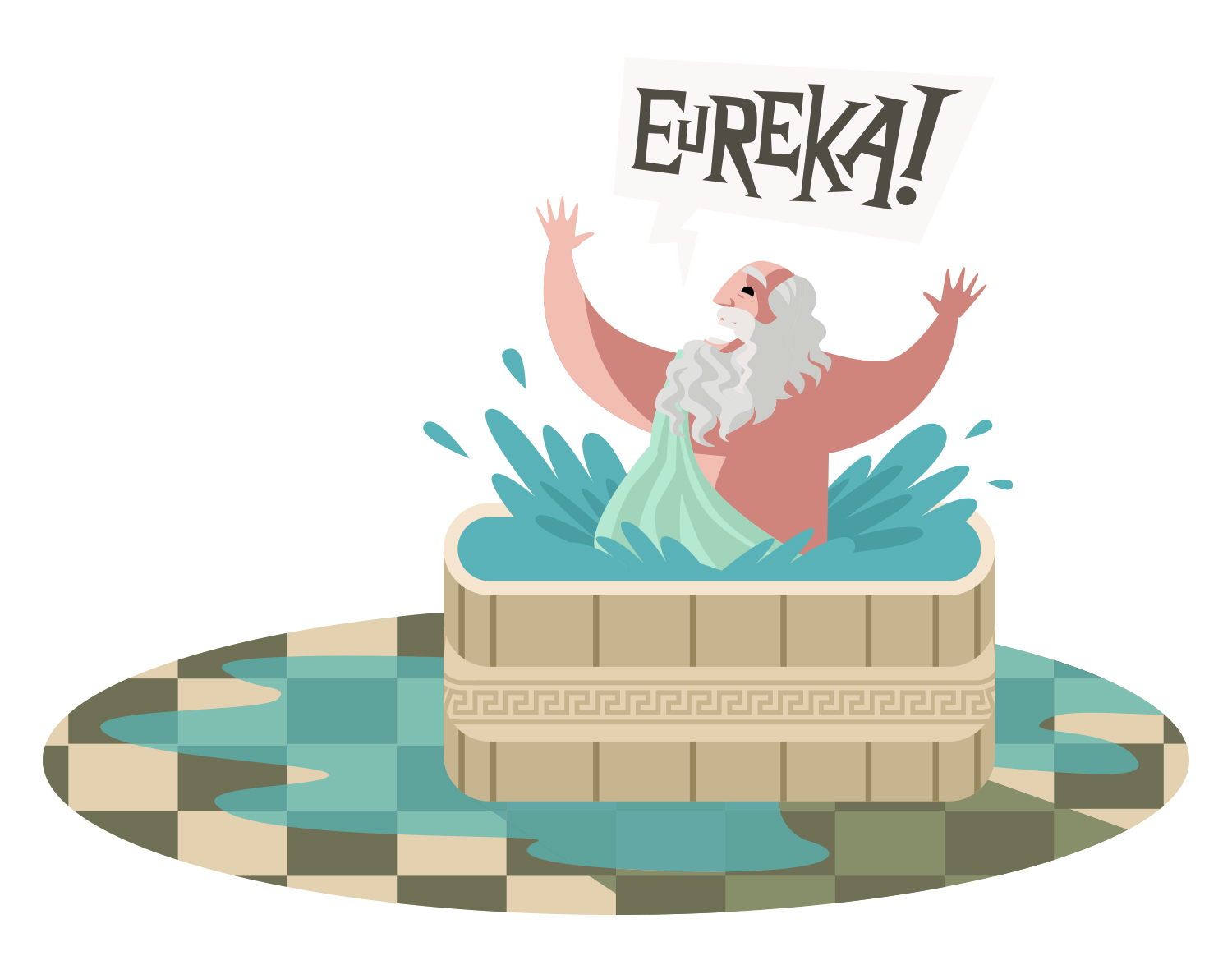
By Andrew Grenville, Executive Vice President, Research, Angus Reid Group, Toronto, Ontario, Canada, andrew.grenville@angusreid.com
Our success as research professionals is built on our ability to generate powerful insights that help organizations tackle their challenges. The more consistently we can provide these insights, the more in demand we become.
The hunt for insights is not new. People have been consciously pursuing insights and innovation for millennia. The quest for fresh understanding is not unique to research professionals. Scientists, doctors, lawyers, detectives, and a myriad of other sense-makers all share this same mission. There is much we can learn from their collective experience.
In the previous issue of VIEWS, our first article in the series, titled “Diversity and Doubt Are Powerful Tools for Reaching Deeper Insights,” looked at how our minds can trick us into jumping to the wrong conclusion and how we can learn from other sense-makers to employ diverse teams, use doubt, and deploy checklists to battle our innate biases.
In this article, we’ll explore a five-step process for generating deeper insights based on the study of innovation in science as articulated by advertising executive James Webb Young in 1939. The process of generating insights follows these five steps—which we will delve into further below:
First—the gathering of raw materials—both the materials of your immediate problem and the materials that come from a constant enrichment of your store of general knowledge
Second—the working of these materials over in your mind
Third—the incubating stage, where you let something besides the conscious mind do the work of synthesis
Fourth—the actual birth of the idea—the “Eureka! I have it!” stage
And fifth—the final shaping and development of the idea to practical usefulness
This process is deceptively simple; it’s more challenging to master than it appears—but worth learning and leveraging the method.
A Step Back in Time
These five steps, like all insights and innovations, result from people building on what others had learned before them.
Hermann Ludwig Ferdinand von Helmholtz, arguably one of Germany’s greatest scientists of the 19th century, was a physician, physiologist, and physicist. He helped prove the law of conservation of energy, invented the ophthalmoscope (still used by physicians today), constructed a generalized form of electrodynamics, and foresaw the atomic structure of electricity. He anticipated the existence of radio waves, which was later proven by one of his students, Heinrich Hertz.
In an 1891 address, Helmholtz reflected on the patterns he observed in his own efforts to generate insights:
“Often… [ideas] arrived suddenly, without any effort on my part, like an inspiration…. They never came to a fatigued brain and never at my writing desk. It was always necessary, first of all, that I should have turned my problem over on all sides to such an extent that I had all angles and complexities ‘in my head.’… Then there must come an hour of complete physical freshness and quiet well-being, before the good ideas arrived. Often, they were there in the morning when I first awoke… but they liked especially to make their appearance while I was taking an easy walk over wooded hills in sunny weather.”
Helmholtz covers the “gathering” and “working over” steps when he says: “It was always necessary, first of all, that I should have turned my problem over on all sides to such an extent that I had all angles and complexities ‘in my head.’”
He outlines the need for the third step—“the incubating phase”—when he points out, “Then there must come an hour of complete physical freshness and quiet well-being, before the good ideas arrived.”
He references the “eureka” step when he says, “Often… [ideas] arrived suddenly, without any effort on my part, like an inspiration.”
By purposefully working through these five steps, we can, like Helmholtz, increase the power of our insights.
Let’s unpack each step and discuss the implications for our workflow, starting with step one.
STEP ONE: Gathering raw materials
Advertising executive James Webb Young makes an important point when he says that the raw materials should include “both the materials of your immediate problem and the materials which come from a constant enrichment of your store of general knowledge.”
He is directing our attention to the importance of the diversity of inputs.
The way insights come together gives us clues about approaching the information-gathering phase. Steve Johnston, in Where Good Ideas Come From, describes it this way: “A good idea is a network. A specific constellation of neurons—thousands of them—fire in sync with each other for the first time in your brain, and an idea pops into your consciousness. A new idea is a network of cells exploring the adjacent possible of connections that they can make in your mind.”
The more varied the inputs, the more unique and impactful the insights can be. Helmholtz, the polymath scientist, was fruitful, in part, because he worked across disciplines, applying knowledge from one area to another.
We need to ensure we look beyond the research project we have been commissioned to do. Our analysis needs to draw in outside information sources, learnings from analogous markets, and perspectives that are varied.
“One of the weirdest things market researchers do is present a report that is solely based on the piece of research they just conducted,” ESOMAR Council President Ray Poynter told me. “What amazing hubris: to assume your research project on its own is going to answer any meaningful question.”
STEP TWO: Working it over in your mind
In “working the materials over,” the goal is to use analytic reasoning to absorb what you have learned while mulling over possible implications. This stage is exploratory and benefits from thinking about the question from as many perspectives as possible.
Young says, in this stage, “What you do is take the different bits of material you have gathered and feel them all over, as it were, with the tentacles of the mind. You take one fact, turn it this way and that, look at it in different lights, and feel for the meaning of it. You bring two facts together and see how they fit.
“What you are seeking now is the relationship, a synthesis where everything will come together in a neat combination, like a jigsaw puzzle.” As you do this, he says, “little tentative ideas will come to you. Put these down on paper. Never mind how crazy or incomplete they seem: get them down. These are foreshadowings of the real idea that is to come, and expressing these in words forwards the process.”
STEP THREE: The incubating stage
In a world where so much is clamoring for our time and attention, sometimes we need to step away from a problem and do something else. Einstein played his violin while he pondered a challenge. Archimedes was in the bathtub when he suddenly realized, “Eureka! I have it!” Sir Isaac Newton was in an apple orchard when the law of gravity suddenly came to him.
While doing something unrelated to the task seems like an odd way to get something done, it does pay to step back and let your thoughts percolate.
Back in the 1800s, German philosopher Friedrich Nietzsche, PhD, claimed, “All truly great thoughts are conceived by walking,” and now there are data to back him up. “Give Your Ideas Some Legs: The Positive Effect of Walking on Creative Thinking,” a paper by Marily Oppezzo and Daniel L. Schwartz of Stanford University, describes four experiments involving walking and various measures of creativity. Their conclusion: the “experiments demonstrate that walking boosts creative ideation in real time and shortly after.”
“Walking is an easy-to-implement strategy to increase appropriate novel idea generation,” Oppezzo and Schwartz suggest. “When there is a premium on generating new ideas in the workday, it should be beneficial to incorporate walks.”
But it is not just walking that makes a difference. It is any break, even sleeping.
Comedian, actor, and writer John Cleese believes creativity comes from unplugging from the hustle and bustle of life. In a talk on creativity, he explains, “We don’t know where we get our ideas from; what we do know is that we don’t get them from our laptop. In fact, we get our ideas from our unconscious, the part of our mind that goes on working when we are asleep.”
We also need to make space for creativity during the day, Cleese says. We can’t just grind on and expect insights to suddenly appear. He suggests, “If you’re racing around all day, ticking things off on lists, looking at your watch, making phone calls, and generally just keeping all the balls in the air, you are not going to have any creative ideas.”
Learning about the importance of the incubation phase has made significant changes to my workflow. Once a last-minute deadline fiend, I now make sure I build in time to do steps one (gather) and two (work over) as early on as possible. If I have a report due on Friday, I used to start work on it on Thursday and then just push on through. Now, I make time on Monday to review findings and work over preliminary ideas so that my unconscious mind can use the rest of the week to search for new connections.
STEP FOUR: Genesis of the Idea
Research shows that a eureka or “aha” moment tends to have four characteristics:
- Suddenness
- Ease of appearance
- A positive feeling
- A sense of confidence in the result
The intensity of these feelings is often linked to how dramatic the insight is. William Rowan Hamilton, a noted Irish mathematician and astronomer, had one such powerful insight.
In 1843, Hamilton knew that the complex numbers could be viewed as points in a plane and that they could be added and multiplied together using certain geometric operations. Hamilton sought to find a way to do the same for points in space, but he kept failing to figure it out. On October 16 of that year, Hamilton was walking along the banks of the Royal Canal in Dublin when suddenly, the answer to a problem he had been puzzling over came to him. He quickly scratched his formula for Quaternion algebra into the bridge: i² = j² = k² = ijk = -1. Quaternions describe mechanics in three-dimensional space, and his insight would later be key in many technological developments, including sending men to the moon and developing computer-generated 3-D imagery in games and movies.
In a letter to his son, he described the moment: “An electric circuit seemed to close; and a spark flashed forth the herald (as I foresaw immediately) of many long years to come of definitely directed thought and work…”
Here, we see the gathering of information, a working over of the problem, and a long incubation, followed by a sudden insight, a sense of full understanding, and a plan to test the idea out.
STEP FIVE: Shaping and development of the idea
“In this stage,” James Webb Young says, “you have to take your little newborn idea out into the world of reality. And when you do, you usually find it is not quite the marvelous child it seemed when you first gave birth to it….
“Do not make the mistake of holding the idea close to your chest. Submit it to the criticism of the judicious.
“When you do, a surprising thing will happen. You will find that a good idea has, as it were, self-expanding qualities. It stimulates those who see it to add to it. Thus, possibilities in it which you have overlooked will come to light.”
At the shaping and development stage, we need to think critically. Our unconscious mind has been working overtime, and this is the moment for our conscious mind to get back in the game.
We know humans are pattern-detecting machines, and while that is a great strength, it is also a weakness. It can lead us to confirmation bias, or tunnel vision, or any manner of reality-blurring bias. Teamwork, in the form of peer review and feedback, is invaluable. Others can see what you missed. They can spot holes in your logic, faulty assumptions in your analysis, and implications you have not yet considered. Here is where doubt shines a spotlight on your newborn idea and gazes upon it with an arched eyebrow.
Questioning Our Workflow
These five steps outline the process that leads to insights. But it is up to us to figure out how to follow this path to success.
To assist with that, we’ve developed a checklist that can remind us to adjust our workflow to optimize the quality and depth of the insights we generate.
- Did we start with a diverse array of information—including from outside our research?
- Did we generate and test out multiple hypotheses about what the information means?
- Did we structure our time to make sure we start gathering and working over the data early on, so that we make time for our unconscious to work on the problem?
- Did we make space to go for a walk or find another way to take a break from the problem and let the insight surface in our conscious mind?
- Have we sought feedback on our insight from a diverse set of people, and then refined it accordingly?
Asking myself these questions has pushed me to change my workflow. I now involve a more diverse team, I look for more input from outside the research project, I start thinking earlier—making time for my unconscious to work—and take more walks.
Using the checklist pays off. The quality and quantity of my ideas and insights have increased. I’d encourage you to try it on your next assignment.
There are plenty of rich lessons we can learn from history. Let’s embrace them and grow!
ICYMI: Read Part 1 of This Series
In the first article of this series, Andrew Grenville discussed how diversity of thought and doubt about our own assumptions can help us reach deeper insights.
References
- Young, J.W. (1940). A Technique for Producing Ideas. Detroit, MI: Crain Communications.
- Johnson, D., Johnson, J., & Hilborn, J. (1992). Electric Circuit Analysis. Englewood Cliffs, NJ: Prentice Hall.
- Johnson, S. (2010). Where Good Ideas Come From. New York, NY: Riverhead Books.
- Oppezzo, M., & Schwartz, D.L. (2014). Give Your Ideas Some Legs: The Positive Effect of Walking on Creative Thinking. Journal of Experimental Psychology: Learning, Memory, and Cognition, 40(4), 1142–1152. doi: 10.1037/a0036577.
- John Cleese speaking at the 2009 Creativity World Forum in Germany. Retrieved from www.openculture.com/2010/09/john_cleese_on_the_origin_of_creativity.
- Danek, A.H., & Wiley, J. (2017). What about false insights? Deconstructing the aha! experience along its multiple dimensions for correct and incorrect solutions separately. Frontiers in Psychology, 7, Article 2077. doi: 10.3389/fpsyg.2016.02077
- Graves, R.P. (1885). The Life of Sir William Robert Hamilton, Royal Astronomer of Ireland Volume II. Dublin, IE: Hodge, Figgis and Co.





